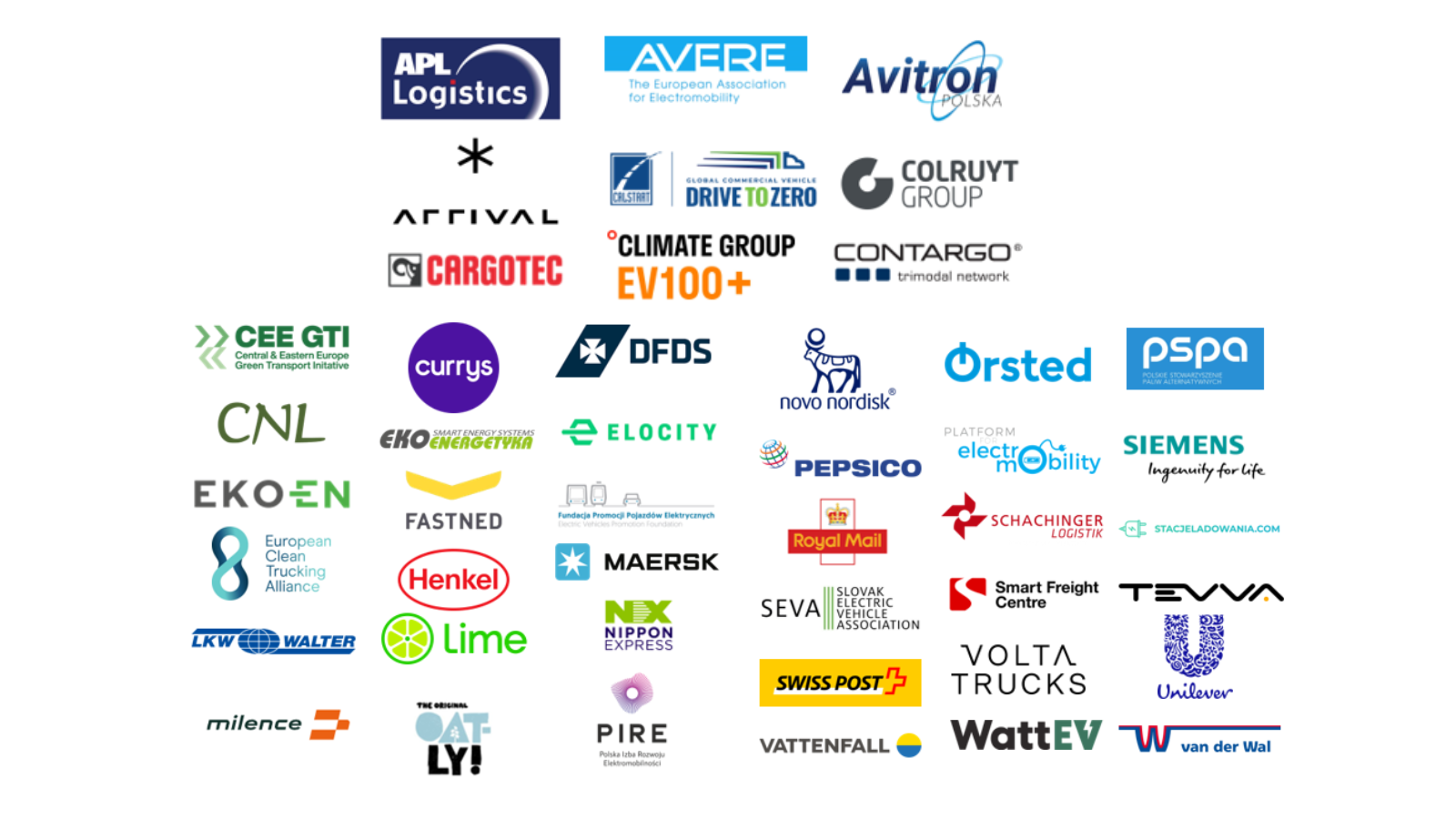
08 December 2022
To the Commission President von der Leyen
To the executive Vice President Mr Timmermans
Copy to:
executive Vice President Ms Vestager
executive Vice President Mr Dombrovskis
Vice President Mr Šefčovič
Commissioner Ms Valean
Commissioner Mr Breton
Members of the European Parliament
Subject: Open call by industry to the European Commission to ensure all new freight trucks are zero emission from 2035 with a limited exception for vocational trucks
The upcoming proposal by the European Commission to revise the CO2 emission standards for new heavy-duty vehicles (HDVs) will determine the future of the European road freight sector. Although heavy-duty trucks represent only 2% of the vehicles on European roads, their climate emissions account for more than a quarter of the EU’s road transport emissions and have been increasing continuously over the past decade.[1] Road transport and HDVs are also one of largest sources of particulate matter (PM) and nitrogen oxides (NOx) emissions, which the European Environment Agency estimates to cause 350,000 premature deaths per year in the EU.[2]
An ambitious review of the HDV CO2 emission standards is crucial if Europe is serious about cleaning up trucking and maintaining its industrial leadership in the commercial vehicle sector. To this end, the signatories, a broad coalition of truck makers, transport operators, shippers and retailers, energy providers, infrastructure operators and companies across the electro-mobility and the green hydrogen value chain call on the European Commission to provide investment certainty to the industry. The Commission needs to ensure that all new freight trucks are zero emission from 2035, allowing a five year exemption to vocational trucks. Zero emission models for construction, mining and timber trucks have particular driving patterns and application cases, requiring more time in development and deployment. This is not only feasible from a techno-economic perspective, it is also necessary to fully replace the fossil-powered fleet in time for the EU to reach climate neutrality by 2050 given that on average most trucks stay more than 18 years[3] on European roads.
The technologies to decarbonise trucking and tackle harmful air pollution are already here: zero emission vehicles, such as battery electric and green hydrogen-powered trucks, are rapidly gaining momentum on the market and becoming increasingly available across all vehicle segments including long-haul. Several European truck makers have already announced that half of their trucks sold in Europe will be zero emission by 2030.[4]
Ambitious HDV CO2 standards are needed in order to make these plans a reality and scale up the supply of clean trucks. The signatories therefore urge the European Commission to set all new freight trucks on a path to zero emission from 2035. In order to ensure that the supply of zero emission vehicles ramps up in the second half of the 2020s, the 2030 CO2 reduction target needs to be significantly increased to 65% and a new intermediate target of 30% introduced in 2027. The review should also extend the scope of the regulation to cover all heavy-duty vehicles including small and medium lorries, vocational vehicles, buses and coaches as well as trailers. Fuel credits should not be included in the HDV CO2 standards as it would not help solve the emissions problem of HDVs and would mix different types of regulations, undermining their effectiveness.
The deployment of adequate charging and refuelling infrastructure for heavy-duty vehicles is crucial for the industry to transition to zero emission trucks. It is therefore essential that European co-legislators conclude the Alternative Fuels Infrastructure Regulation (AFIR) as fast as possible and set ambitious and binding infrastructure targets from mid-decade that go beyond the existing Commission proposal, with sufficient grid capacity available to ensure that zero emission trucks can operate seamlessly across the EU. A review of the heavy-duty vehicle provisions of AFIR in 2024 should ensure that the infrastructure targets are in line with the expected market uptake of zero emission trucks. Meanwhile, targeted financial support will be essential to mitigate the currently still higher upfront purchasing cost of electric trucks, in particular for early frontrunners and for small and medium-sized companies (SMEs).
The upcoming review of the HDV CO2 standards will mark a defining moment for the European road freight sector. A zero-emission strategy for HDVs would encourage manufacturers within the EU to ramp up their electric and green hydrogen offerings, supporting the transition to zero emission vehicles in other markets that look to and rely upon vehicles from the EU. It will determine how fast the EU transitions away from polluting fossil-powered trucks to clean zero emission alternatives and if the EU will lead or be left behind in this inevitable industrial transition. We call on the European Commission to show leadership for the sake of Europe’s industrial competitiveness and climate-neutral future.
Yours sincerely,
[1] UNFCCC (2019). GHG data from UNFCCC. Link.
[2] EEA (2021). Sources and emissions of air pollutants in Europe. Link. Health impacts of air pollution in Europe. Link.
[3] ICCT. (2022). Survival curves of EU heavy-duty vehicles.
[4] Transport & Environment (2021). Easy Ride: why the EU truck CO2 targets are unfit for the 2020s. Link.
Signed by



